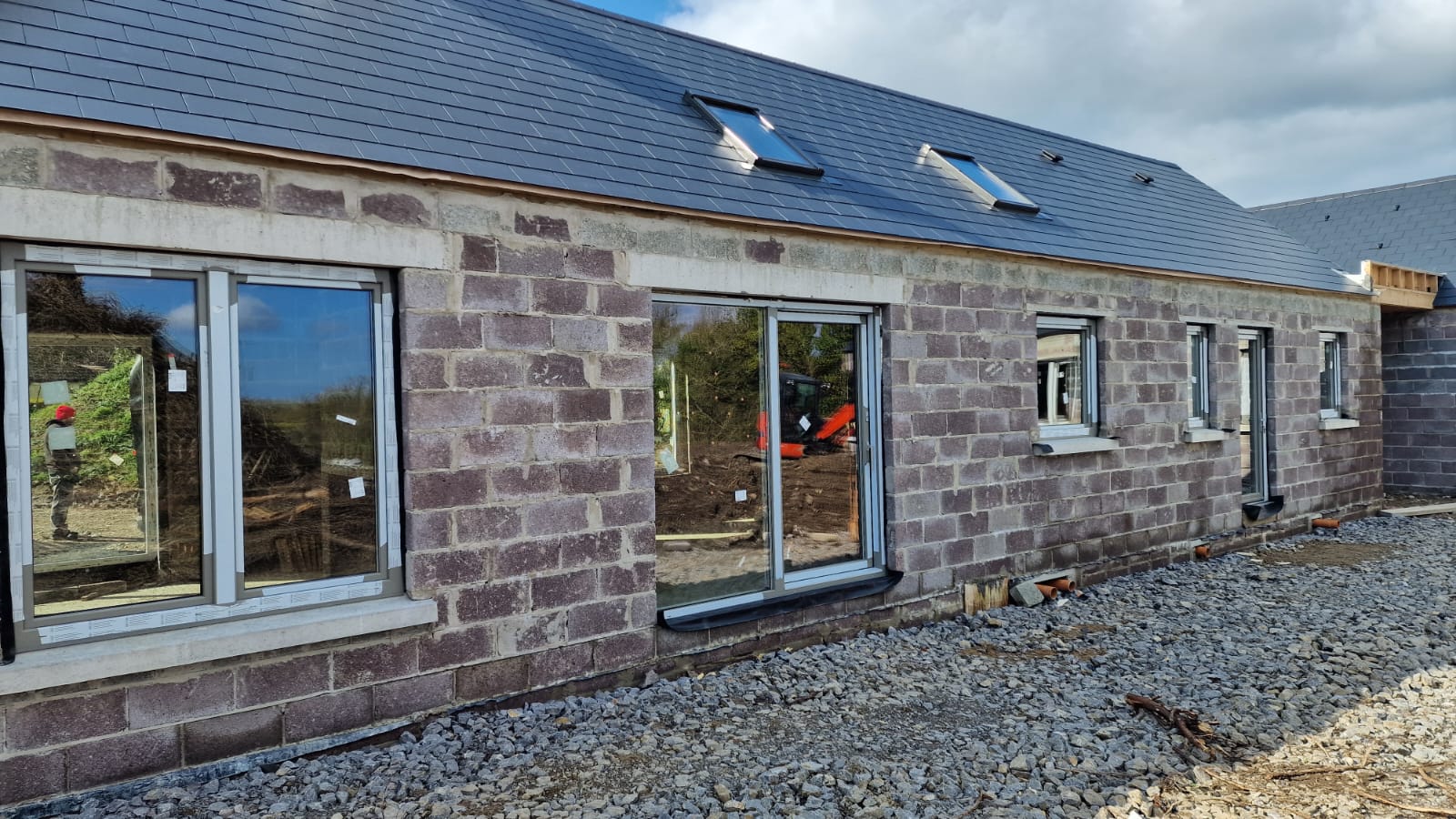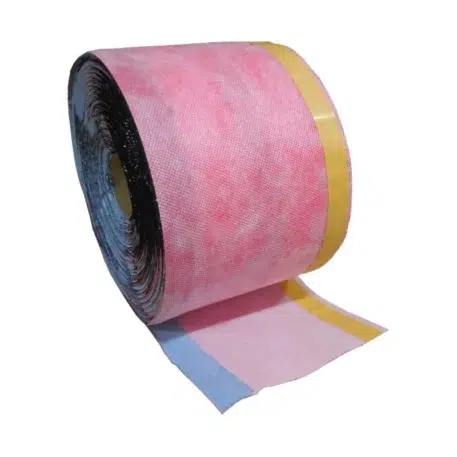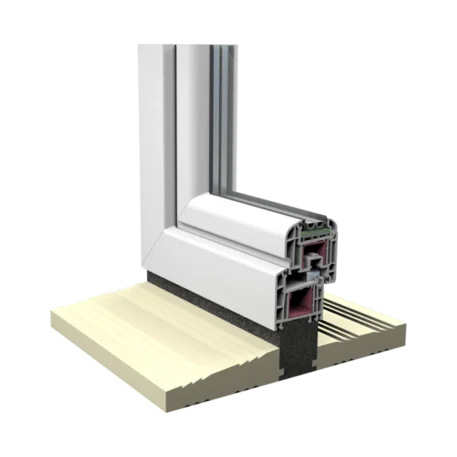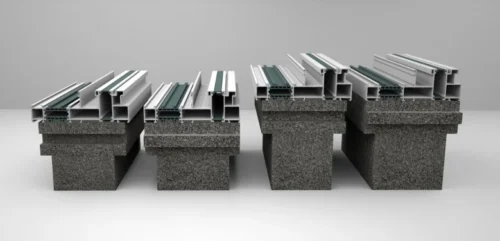In the quest for greener, more sustainable building practices, the focus on thermal insulation and sealing has never been more critical. With the growing awareness of environmental issues and the continuous rise in energy costs, optimising the energy efficiency of buildings has become a priority for homeowners, builders, and architects alike. This article delves into the vital role that thermal insulation and sealing play in enhancing a building’s energy efficiency. It’s a comprehensive guide to the latest materials, techniques, and strategies in the industry. By exploring innovative solutions and practical applications, it aims to illuminate the path towards more energy-efficient, comfortable, and sustainable buildings.
Through an expert lens, the article will explore how products like breathable airtightness membranes, thermal seal spray foam insulation, and thermal window seals contribute to a building’s overall performance. This piece will delve into how these elements work together to seal and insulate effectively. How? By making it a crucial guide for anyone aiming to boost their building’s thermal efficiency and reduce its energy footprint through expert window and door installation techniques.
Definition and importance of thermal insulation
Thermal insulation, crucial for maintaining indoor temperatures, significantly impacts the energy efficiency of a building through materials and techniques that reduce heat transfer. Incorporating thermal insulation and sealing within window and door installations is vital, ensuring these joinery elements are effectively insulated and sealed. This enhances the building’s energy efficiency and directly affects energy consumption, operational costs, and occupant comfort. Properly installed window and door joinery, integrated with thermal insulation strategies, are essential for optimising a building’s thermal performance.
Types of thermal insulation
The choice of insulation material plays a pivotal role in a building’s thermal performance. Various materials offer different levels of insulation, suited to different areas of a building. See the list below to know more about these materials and their properties.
Spray foam insulation
A versatile option that expands to fill cavities, cracks, and gaps, providing excellent thermal insulation and airtightness in one application. This type of insulation is particularly effective for irregular spaces and around openings such as windows and doors.
Breathable airtightness membranes
These membranes provide a unique combination of airtightness and moisture control, providing enhanced insulation effectiveness while preventing potential moisture-related issues within the building structure.
Rigid and flexible insulation panels
Used in walls, roofs, and floors, these panels offer robust thermal insulation and are available in materials ranging from polystyrene to fibreglass and natural fibres.
Warm assembly — all you need to know
Warm assembly in window and door installation is key to maximising a building’s thermal performance. This process emphasises the importance of the insulation materials and the installation techniques to ensure energy efficiency.
Here’s the information in brief:
- Triple-layer insulation — utilise triple-layer techniques, incorporating thermal insulation and sealing to prevent heat loss.
- Proper sealing — apply vapour-permeable and vapour-impermeable tapes for airtight sealing, enhancing the building’s overall energy efficiency.
- Material selection — choose materials like spray foam insulation and breathable membranes that offer superior thermal properties.
- Installation techniques — follow specific installation procedures that include proper preparation of the installation site, application of insulating materials, and careful placement of windows and doors to minimize thermal bridges.
- Quality assurance — ensure the installation is performed by skilled professionals to guarantee the effectiveness of the thermal insulation and sealing.
Benefits of thermal insulation
The benefits of integrating effective thermal insulation into a building include:
- Reduced energy consumption — by minimising the need for heating and cooling, insulation significantly lowers energy bills.
- Enhanced comfort — insulation maintains stable indoor temperatures, contributing to a more comfortable living or working environment.
- Environmental impact — lower energy consumption translates to reduced greenhouse gas emissions, aligning with broader environmental sustainability goals.
The role of sealing in airtight construction
Airtight construction complements thermal insulation by ensuring that air leakage through the building envelope is minimised. This is achieved through meticulous sealing of all potential air leakage points, from the foundation to the roof, including all openings and junctions. Airtight construction elevates thermal insulation effectiveness and contributes to improved indoor air quality by controlling the infiltration of outdoor pollutants.
Techniques and materials
Achieving airtight construction requires the strategic use of specific materials and techniques. Here’s what to consider:
Layer sealing installation
Particularly around windows and window sills, layer sealing installation ensures that these potential weak points in the building’s envelope are meticulously sealed, using materials like airtight plasterboard tape and Siga airtight membrane.
Airtightness of building products
Products such as airtight membrane ceiling systems and breathable membranes contribute to a continuous airtight barrier, enhancing the building’s overall energy efficiency.
Impact on energy efficiency
The integration of airtight construction techniques significantly impacts a building’s energy efficiency by:
- Preventing unwanted airflow — this notably reduces the loss of heated or cooled air, minimising the energy required to maintain comfortable indoor temperatures.
- Enhancing insulation performance — by ensuring that insulation materials function optimally, without being undermined by air leakage.
Thermal insulation and sealing for windows
Windows represent a critical aspect of a building’s thermal envelope. Proper insulation and sealing around windows are essential for preventing thermal bridges and air leaks, which can significantly impact a building’s energy efficiency.
Challenges with windows
Windows and window sills are common areas where thermal bridging and air leakage occur. Without proper insulation and sealing, these areas can lead to noteworthy heat loss in winter and heat gain in summer, undermining the building’s overall energy efficiency.
Solutions for windows
Innovative solutions and products have been developed to address these challenges, including:
- Thermal window seals — these seals are designed to prevent air leakage around window frames, enhancing the window’s overall thermal performance.
- Thermal insulation for windows — products provide effective solutions for improving the insulation properties of these critical areas.
Advanced airtightness solutions
Breathable membranes and airtight fabrics
In the pursuit of energy efficiency, the construction industry has seen noteworthy advancements in airtightness solutions. Among these, breathable airtightness membranes and lightweight airtight fabrics stand out for their innovative approach to balancing moisture control and airtightness. Products like the airtight membrane and airtight membrane exemplify how modern materials can enhance a building’s thermal performance while ensuring indoor air quality and comfort. These membranes work by allowing water vapour to escape the building envelope, thereby reducing the risk of condensation and mould growth, all while maintaining airtightness to prevent unwanted air infiltration.
Spray foam insulation
The seal spray foam insulation represents a leap forward in insulation technology, offering a two-fold benefit of insulation and airtight sealing in a single application. This material expands upon application, filling gaps, cracks, and other potential air leakage points, creating a continuous barrier against both heat loss and air infiltration. Its versatility makes it suitable for a wide range of applications, including roofs, walls, and floors, and around windows and doors where traditional insulation methods may fall short.
Practical application tips
Achieving optimal airtightness and insulation requires more than just selecting the right materials. It involves a meticulous application process, attention to detail, and a comprehensive understanding of the building as a whole system. Here are some practical tips for those looking to implement advanced airtightness solutions:
- Comprehensive planning — before construction begins, plan for airtightness and insulation in the design phase. Identify potential air leakage points and determine the best materials and methods for sealing them.
- Attention to detail — during construction, pay close attention to joints, corners, and connections, which are common sites for air leaks. Using tapes, such as airtight plasterboard tape, and membranes can ensure these areas are properly sealed.
- Regular testing — employ blower door tests throughout the construction process to identify and address air leaks. This proactive approach ensures that airtightness goals are met before the project is completed.
Maximising efficiency — the role of windows in passive house design
Passive houses are designed to maximise energy efficiency, drastically reducing the need for heating and cooling. This is achieved through superior insulation, airtight construction, and the strategic use of proper windows that are key to maintaining consistent indoor temperatures. The windows in passive houses play a crucial role, incorporating advanced technologies such as triple glazing and inert gas fills to minimise heat loss and enhance solar gain, aligning with the principles of sustainable and eco-friendly living. For a deeper dive into the specifics of passive house windows, you can explore the insights by Fenbro in this article.
Integrated approach
An integrated building design approach considers all aspects of energy use and environmental impact, from the orientation of the building to maximise natural light and heating, to the selection of sustainable materials and the incorporation of renewable energy sources. This approach guarantees that insulation and airtightness efforts are complemented by other energy-saving measures, creating a truly efficient and sustainable building.To create a building that truly excels in energy efficiency, an integrated design approach is crucial. It incorporates:
- Orientation for natural light — maximises solar gain.
- Triple glazing — reduces heat loss.
- Warm edge spacers — improves window insulation.
- Super-insulated frames — enhances overall energy efficiency.
Sustainability and environmental impact
Buildings with high levels of thermal insulation and airtightness contribute significantly to reducing energy consumption and, consequently, greenhouse gas emissions. By focusing on sustainable construction practices, including the use of environmentally friendly insulation materials and techniques, builders and homeowners can reduce the environmental footprint of their buildings. Adopting sustainable construction practices reduces buildings’ environmental impact. This includes:
- Lower U-values — significantly cuts energy consumption.
- Solar gains — utilises passive heating.
- Reduced greenhouse gas emissions — through optimal energy use.
Future trends in insulation and airtight construction
The future of building construction lies in innovation and sustainability. As research and technology advance, we can expect to see new materials and methods that offer improved thermal performance, environmental benefits, and cost savings. Trends such as passive house design, modular construction, and smart materials are paving the way for the next generation of energy-efficient buildings. The future of construction points towards more sustainable and innovative solutions. These include:
- Advancements in glazing and framing — for better thermal performance.
- Integration of smart materials — for adaptive energy efficiency.
- Modular construction — incorporates prefab elements with high insulation values.
Conclusion
Thermal insulation and airtight sealing are foundational to achieving energy efficiency in buildings. By understanding the principles, materials, and techniques involved, builders, architects, and homeowners can make informed decisions that lead to more sustainable, comfortable, and cost-effective living environments. With advancements in technology and passive building principles , the future of construction looks promising, offering pathways to significantly reduce our energy use and environmental impact. As we continue to explore and innovate, the goal of creating truly energy-efficient buildings (Passive house buildings) becomes increasingly attainable, marking a positive step forward for the industry and the planet.




